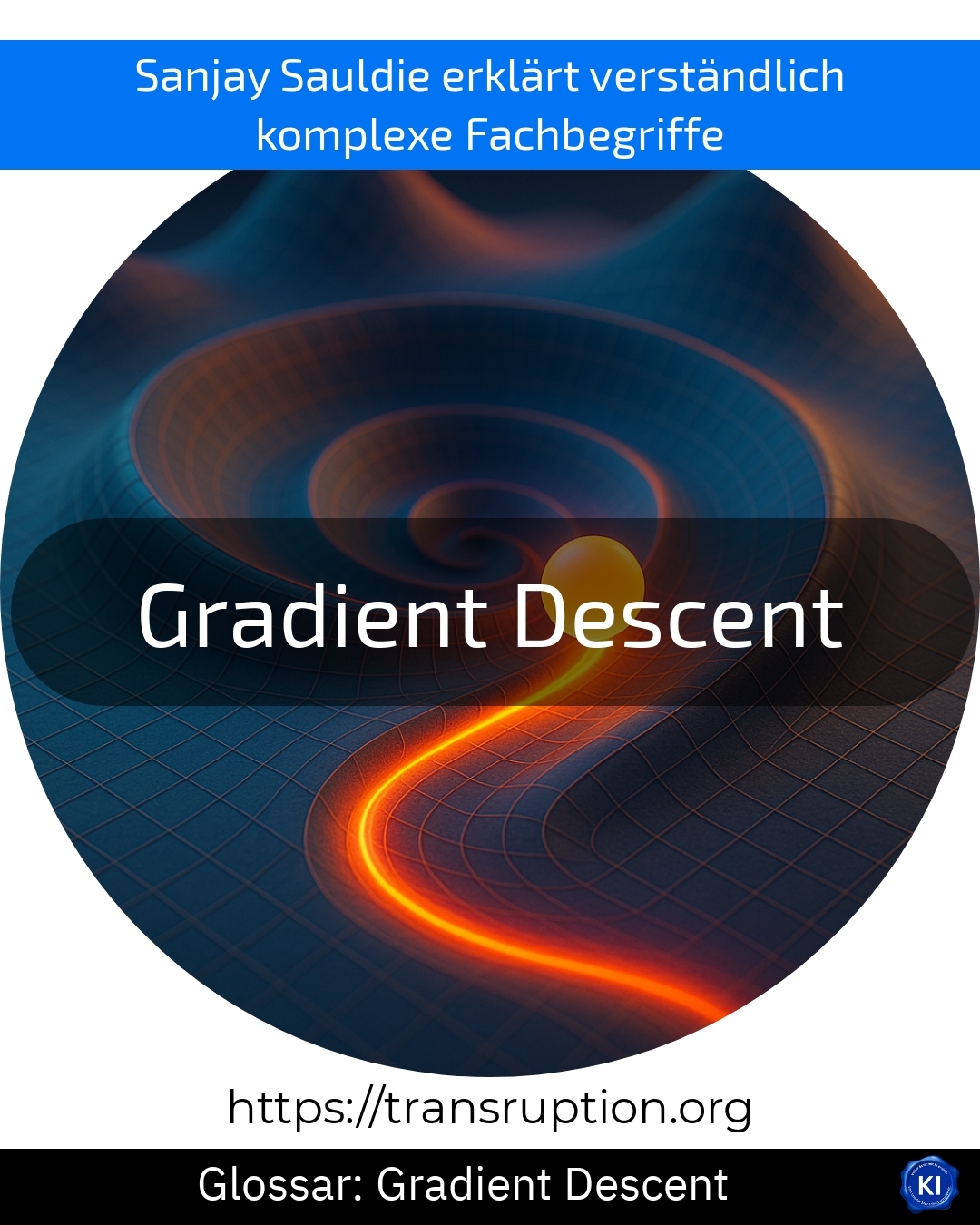Gradient descent is an important term in the fields of artificial intelligence, big data and digital transformation. It refers to a mathematical process that helps to solve problems step by step in order to find the best possible solution. Gradient descent plays a central role, particularly in the development of self-learning computer models, known as algorithms.
Imagine you are on a hill in fog and want to reach the lowest point in the valley, but can only see a few metres at a time. You slowly feel your way down, each time following the path you can just make out. Little by little, you will reach the lowest point. This is how Gradient Descent works: the algorithm systematically searches for the solution with the least error in order to achieve the optimum result.
In practice, Gradient Descent is used, for example, to teach artificial intelligence to recognise images or understand texts. The process is understandable for computers, but also efficient because it analyses large amounts of data quickly and suggests improvements. Gradient Descent thus supports companies in automating processes and making decisions.















